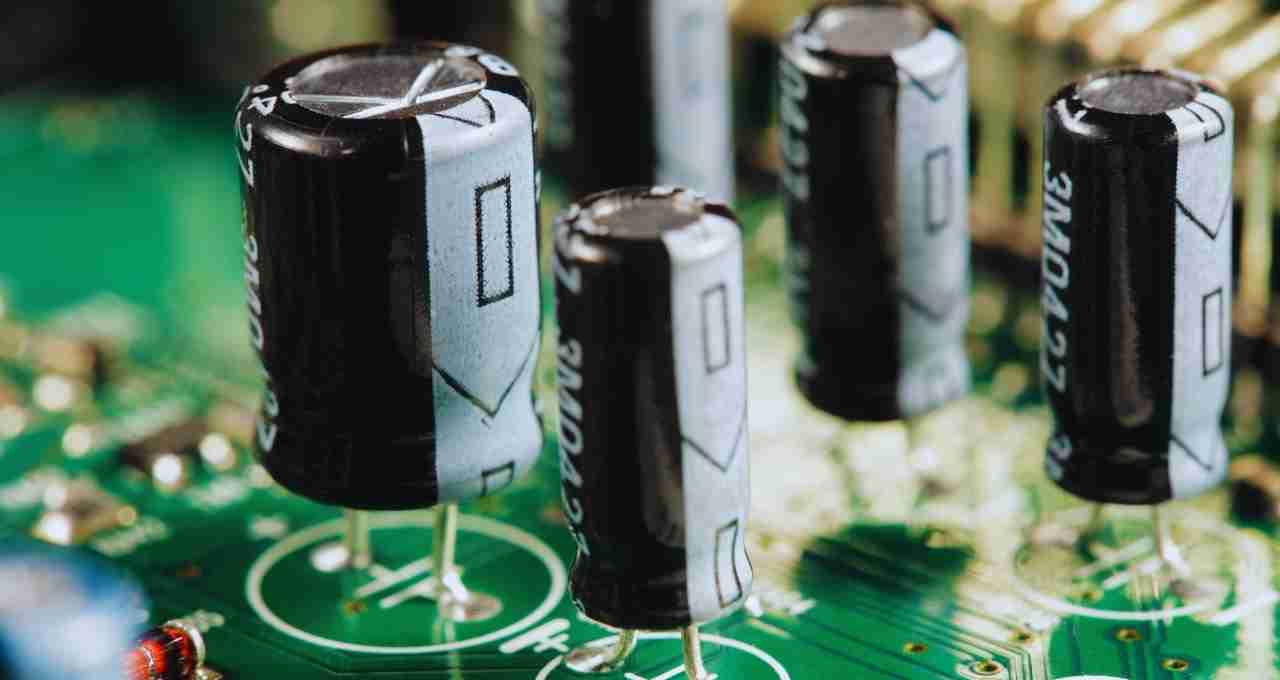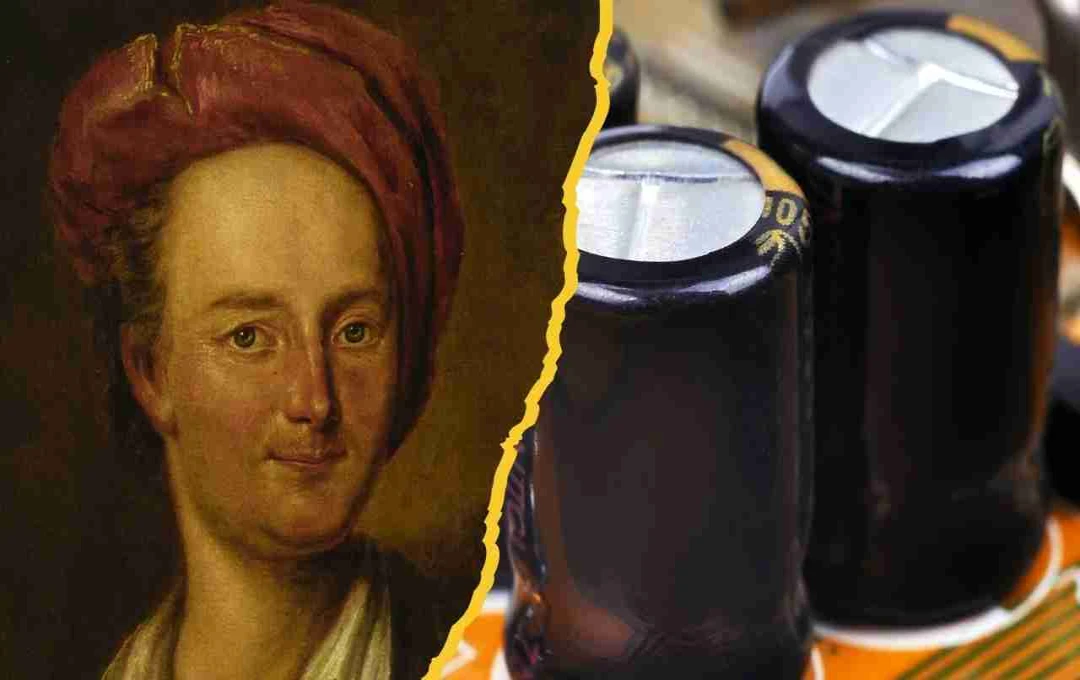A German jurist and physicist invented the Leyden jar in 1745. It was the first practical capacitor, revolutionizing the storage of electrical charge and the development of modern electronics.
Capacitor: Ewald Georg von Kleist (June 10, 1700 – December 11, 1748) was a renowned German jurist, Lutheran pastor, and physicist, known as the inventor of the Leyden Jar. His contribution to the fields of electrical science and electronics is extremely significant. Von Kleist developed a device for storing electrical charge, which is known today as a Capacitor.
Early Life and Education
Von Kleist was born in Wieseck, Pomerania, Germany. His father, Ewald Joachim von Kleist, was a district administrator. Ewald studied law at the University of Leipzig and the University of Leiden. It is said that during his studies in Leiden, he developed an interest in electrical science under the influence of Willem 's Gravesande.
From 1722 to 1745, von Kleist served as the Dean of the Cathedral of St. John the Baptist, Kamień Pomorski, and later became the President of the Royal Court of Justice in Köslin. He was also a member of the Berlin Academy of Sciences.
Invention of the Capacitor and Leyden Jar
Von Kleist independently invented the Kleistian jar on October 11, 1745. This jar was capable of storing electrical charge on a large scale. He informed a group of scientists in Berlin about this invention, and this information reached Leiden University. There, Pieter van Musschenbroek further developed it, and it became famously known as the Leyden Jar.
The Leyden jar was the first practical device for accumulating electrical charge. It consisted of a glass jar filled with water or other conductive material. Von Kleist discovered that touching the wire of the jar produced a b spark of electricity. This discovery revolutionized the study of electrical storage and electrical circuits.
Uses of Capacitors

A capacitor, previously called a condenser, stores electrical energy on two closely spaced but isolated surfaces. It is a passive electronic component, and its utility depends on its capacitance.
A capacitor consists of two conductors, often in the form of metal plates, separated by an insulator (dielectric). The dielectric, such as glass, plastic, ceramic, or air, helps increase the capacitor's capacitance. When a voltage is applied across the capacitor's terminals, an electric field is created, and positive and negative charges accumulate on the plates.
Capacitors are used for limiting current, frequency selection, filter networks, and energy storage. An ideal capacitor does not dissipate energy, while a real capacitor may lose a small amount of energy.
Development and History of the Capacitor
In the 1740s, European scientists discovered that electrical charge could be stored in a glass jar filled with water. Von Kleist initiated this process in 1745. Following him, Pieter van Musschenbroek further studied it at Leiden University.
Daniel Gralath first increased the charge storage capacity by connecting several jars in parallel. Later, Benjamin Franklin investigated the Leyden jar and concluded that the charge was stored in the glass lining of the jar, not in the water.
In 1747, the jar was made by coating it with metal foil inside and out, leaving an opening at the mouth. Thus, the early capacitor made a lasting contribution to electrical science.
Types of Capacitors

Capacitors come in several types:
- Air Capacitor: Used in early experiments.
- Paper Capacitor: Used in telephone and wireless devices in the late 19th century.
- Ceramic Capacitor: For high voltage and frequency applications.
- Mica Capacitor: Used in radio transmission and reception.
- Plastic Film Capacitor: Developed after World War II.
- Tantalum and Aluminum Electrolytic Capacitors: High energy storage capacity.
- Supercapacitor: Developed by H. Becker in 1957, for high-capacity energy storage.
- MOS Capacitor: In modern DRAM and image sensor technology.
Principle of Operation
The fundamental principle of a capacitor is capacitance (C = Q/V). This means that capacitance is determined by the ratio of the accumulated charge (Q) on a plate to the voltage (V) between them. The proximity of the plates and the nature of the dielectric affect the capacitance.
In a common example, the static charge accumulated between clouds in the sky and the Earth's surface also acts as a natural capacitor. When the air's breakdown voltage is exceeded, lightning occurs.
Capacitors play a crucial role in voltage regulation, energy storage, filtering, radio frequency selection, digital memory, and energy conservation.
Modern Applications
Today, capacitors are used in a diverse range of electrical and electronic applications:
- Circuit filtering and voltage stabilization
- Radio and resonance circuits
- DRAM memory in digital computers
- Solar and energy storage systems
- Image sensors and CCD devices
- Supercapacitor-based energy storage
Modern designs of capacitors are more compact, offer higher capacitance, and are suitable for high-frequency operation.
Ewald Georg von Kleist made a significant contribution to the fields of electrical energy storage and electronics by inventing the Leyden jar. His research laid the foundation for the development of the capacitor, which is now an indispensable component in modern circuits, digital memory, and energy storage systems.















